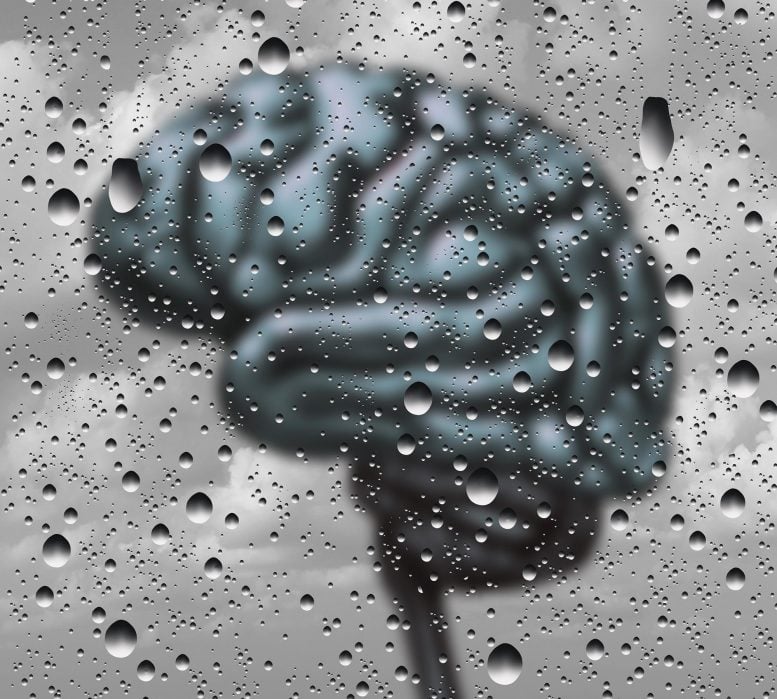
A new study has identified the set of neurons that controls sickness behaviors.
New research reveals new information about sickness behaviors.
When we’re feeling under the weather, we tend to eat, drink, and exercise less. We’re not the only ones either; while fighting an infection, the majority of animals lower the same three behaviors.
Recent research has identified the cluster of neurons that drive these responses, known as sickness behaviors. Researchers discovered that a particular population of cells in the brainstem can cause three telltale sickness behaviors in mice by triggering immune responses. Furthermore, inhibiting these neurons dampens each of these behavioral aspects of the sickness response. The results, published in Nature, establish a direct relationship between inflammation and neural pathways that regulate behavior, providing insight into how the immune system interacts with the brain.
“We are still in the early days of trying to understand the brain’s role in infection,” says Jeffrey M. Friedman, Marilyn M. Simpson Professor at The Rockefeller University. “But with these results, we now have a unique opportunity to ask: What does your brain look like when you’re sick?”
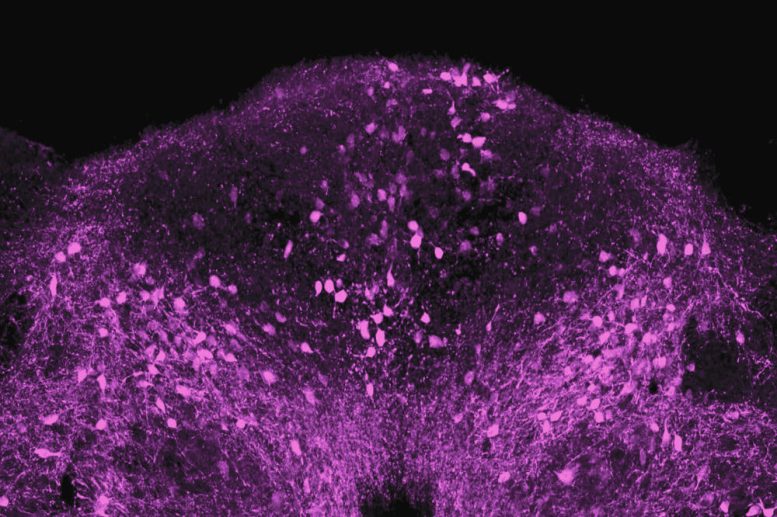
Brain cells that express the neuropeptide ADCYAP1, tagged here with a fluorescent protein, induce some sickness behaviors. Credit: Laboratory of Molecular Genetics at The Rockefeller University
Sickness behaviors have been proven to be crucial in an animal’s recovery from an infection. Prior research has backed that idea by revealing that forcing sick animals to eat increases mortality dramatically.
“These behavioral changes during infection are really important for survival,” says lead author Anoj Ilanges, a former graduate student in Friedman’s lab, now a group leader at the HHMI Janelia Research Campus.
However, it has never been understood how the brain coordinates the almost universal urge to reject food and cuddle up beneath the covers with the onset of infection. As a result, Friedman and Ilanges set out to map the brain areas responsible for sickness behaviors in mice.
The team began by exposing mice to LPS, a piece of bacterial cell wall that activates the immune system and potently induces sickness behavior. Shortly after an injection of LPS, there was a spike in activity in a brainstem region known as the dorsal vagal complex, among a population of neurons expressing the neuropeptide ADCYAP1. To confirm that they had found the right brain cells, the researchers then activated those neurons in healthy mice and they found that the animals ate, drank, and moved around less. In contrast, when the ADCYAP1 neurons were deactivated, the effect of LPS on these behaviors was significantly reduced.
“We didn’t know if the same or different neurons regulated each of these behaviors,” Friedman says, “We found it surprising that a single neuronal population appears to regulate each of these components of the sickness response.”
The authors were not, however, altogether surprised that this brainstem region was involved in mediating sickness behaviors. The dorsal vagal complex is one of a precious few physiological crossroads of the central nervous system, where an absence of the blood-brain barrier enables circulating factors in the blood to pass information directly to the brain. “This region has emerged as a kind of alert center for the brain, conveying information about aversive or noxious substances that, more often than not, reduce food intake,” Friedman says.
In the coming months, Friedman’s team at Rockefeller intends to incorporate these findings into their overall goal of understanding the physiological signals and neural circuitry that regulate feeding behavior. They are specifically interested in understanding why even mice engineered to eat voraciously will nonetheless stop eating when exposed to bacterial infections.
Meanwhile, Ilanges plans to investigate what role other brain regions play in response to infections, expanding our knowledge of the brain’s role during this critical process. “We looked at one region of the brain, but there are many others that become activated with the immune response,” he says. “This opens the door to asking what the brain is doing, holistically, during infection.”
Reference: “Brainstem ADCYAP1+ neurons control multiple aspects of sickness behaviour” by Anoj Ilanges, Rani Shiao, Jordan Shaked, Ji-Dung Luo, Xiaofei Yu, and Jeffrey M. Friedman, 7 September 2022, Nature.
DOI: 10.1038/s41586-022-05161-7

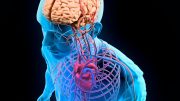
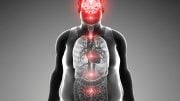

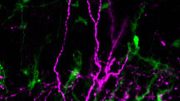

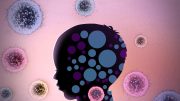

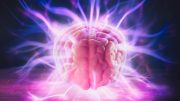
Be the first to comment on "Why Do We Slow Down When We Are Sick? Scientists Identify the Cells Responsible"